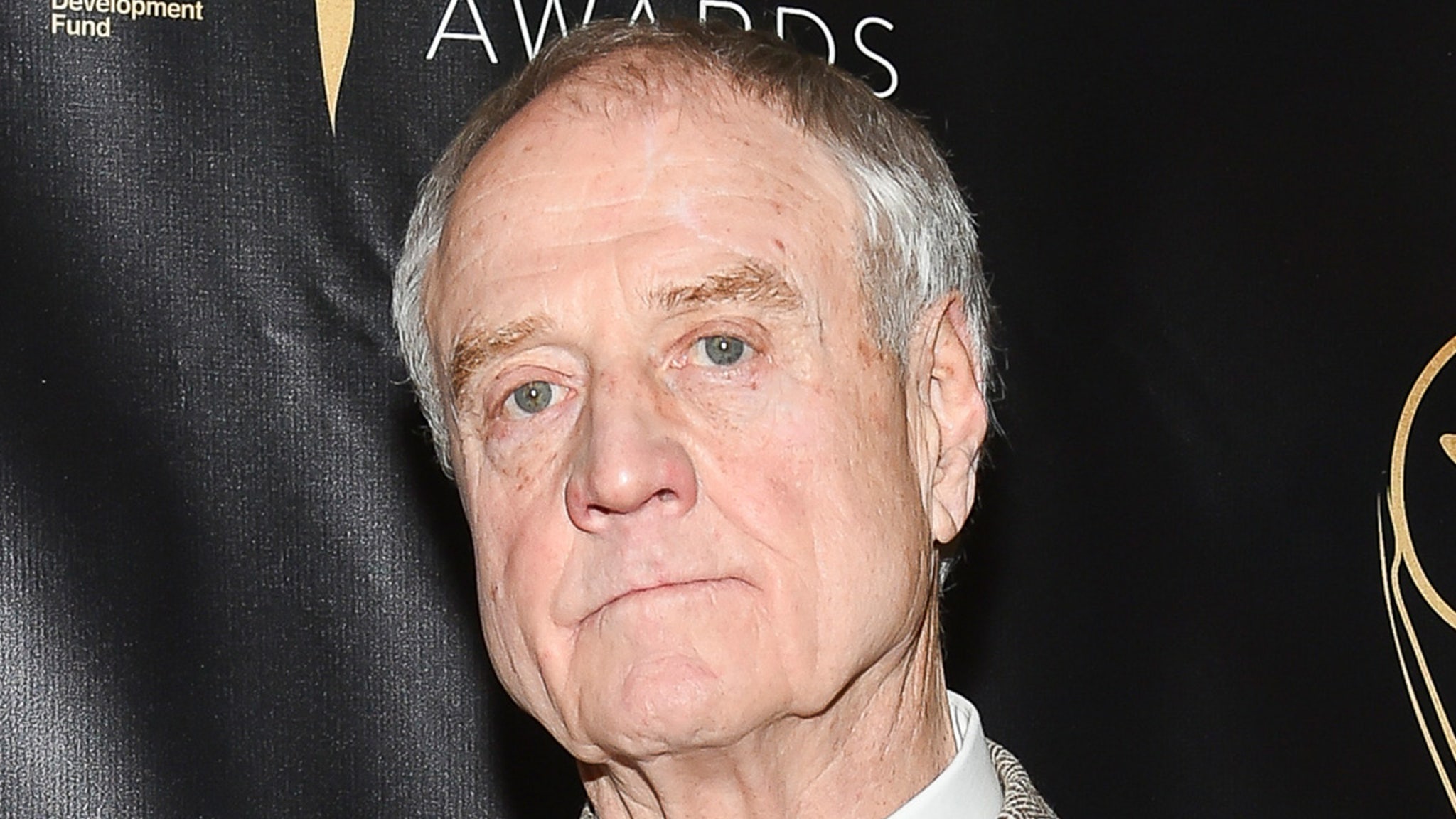Culture
The Highs and Lows of ‘Edges of Ailey,’ the Whitney Museum’s New Exhibit

Dancers, vibrantly attired and nearly floating, skipped across the gallery floor at the Whitney Museum of American Art. With what at first seemed like a bow to the floor but was really a slow slide, they lowered with willful splendor into the splits. Their arms drifted out to either side with steely resolve to the Amy Winehouse song “Back to Black” and, upon rising, they stood with a hand to a hip. And then the dancing began. It got sweaty.
There are many ways to honor the choreographer Alvin Ailey, the subject of “Edges of Ailey,” an exhibition at the Whitney that ended last week. But “Chorus” (2016) — a pop-up performance by Ralph Lemon with music by Kevin Beasley — was scintillating and sly as it grew in sonic and visual vibrancy. All the movement comes from 1970s and 1980s “Soul Train” videos found on YouTube. The history of that show and its prominent presentation of Black artists, placed alongside Lemon’s five stellar dancers, made a splash. It crystallized that Ailey bling.
Part of the performance programming that accompanied “Edges of Ailey,” this was a show within a show: a line dance that electrified the fifth-floor gallery, grounding the somewhat chaotic site of the exhibition, which focused on Ailey’s life and career.
You could imagine “Chorus” making Ailey laugh. He always said dance was for everyone. “I believe that dance came from the people,” he said, “and that it should always be delivered back to the people.”
Lemon pulled that off. The performance, just 10 minutes, created a flow of energy — like water, which was meaningful, too. Water is a motif that comes up again and again in Ailey’s dances, from “Streams” to “The River.” (The exhibition featured an installation piece called “River,” by Maren Hassinger, with steel chains and rope in a reference to the Middle Passage, when enslaved Africans were transported to the Americas.) The dance embodied so much; grief is held in the body, and through dance, can be released.
It wasn’t always obvious how the performances that accompanied the exhibition fit into the lineage of Ailey. (The shows began in September and ended this month.) But Ailey was larger than life, and that allowed for creative freedom. The more unconventional responses were often more alluring than the traditional ones.
Offerings related to the institution that Ailey built, Alvin Ailey American Dance Theater, came up short. Matthew Rushing, a former Ailey star serving as the company’s interim artistic director (Alicia Graf Mack takes over on July 1), presented “Sacred Songs,” a premiere meant to uplift that was instead engulfed by sentimentality.
On paper, it wasn’t a bad idea: “Sacred Songs” is set to selections of gospel music that were originally performed as part of Ailey’s celebrated “Revelations,” but were later cut. Instead of using professional dancers, Rushing chose students from Ailey Extension, which offers classes to the general public. This nonprofessional cast — its focus and fortitude to get it right, at least at the Whitney — was the dance’s only saving grace.
This is a spiritual work filled with perpetually reaching arms, furrowed eyebrows and sharp pelvic contractions. At least the earnestness displayed by the Extension performers held a sweet passion. But when “Sacred Songs” made its Ailey premiere later at New York City Center, the dancers in the main company embraced melodrama in such fervent ways that sincerity slipped away.
In other programming, the Ailey company, showing brief excerpts, also missed the mark. Instead of presenting Ailey’s choreography in a different light — without, say, makeup and costumes, to show its bones — the dancers performed as if they were in a 2,000-seat theater. The exhibition proposed to reveal Ailey, not just the modern dance pioneer who choreographed “Revelations,” but the man. The dancers’ blinding smiles kept Ailey obscured, tightly packed into his usual box.
The Ailey company of today can be seen as entertainment; but if you look a bit deeper, Alvin Ailey isn’t so far removed from some of today’s experimentalists. In “city of dancers — the eternal return of the same,” the choreographer Sarah Michelson staged her Ailey tribute, not at the Whitney but at Performance Space New York — formerly P.S. 122.
Throughout the work, which was performed over two mornings, Michelson shared the stage with the dancer and choreographer Leslie Cuyjet, but also seemed to be making space for the ghosts in the room: Ailey or anybody with an unquenchable thirst for dance. “You learn something once, and it’s yours for life,” she says in the piece. “But first you have to become a dancer.”
The day-in, day-out of a dancer’s life is something that is hard to truly grasp from the outside. In her biography of Ailey, Jennifer Dunning writes, “From early on, movement was the one medium through which he could honestly express his innermost truths.”
In Dunning’s book, Charles Blackwell, a dancer who became one of the first Black Broadway stage managers, talks about how Ailey’s work was always about people. “Everything was in the service of the emotions that he was dancing, or choreographing,” Dunning quotes him as saying. “It was not about showing off. It was always about what was being said. It was about tears and perspiration, just reproduction. Mankind continuing.”
Perhaps that sentiment — being at the service of the thing — is the spiritual through line for certain dance artists of today. “let slip, hold sway,” a durational installation created by Okwui Okpokwasili and Peter Born, looks into hair, specifically a Black woman’s hair, as a way to awaken memory. In one hypnotic passage, Bria Bacon transformed her body incrementally as microscopic shudders began to creep up her shoulder blades and shoot down her back with feverish intensity. It was gorgeously uncanny.
Two veteran choreographers, Bill T. Jones and Jawole Willa Jo Zollar, showed up in spectacular ways. Jones, in his solo “Memory Piece: Mr. Ailey, Alvin … the un-Ailey?,” explored his divergence from Ailey’s brand of modern dance and the racism he faced as a Black choreographer in a white, postmodern dance world. (The solo will be in his company’s New York Live Arts season in May.)
Equally electric was Zollar in “LifeDance IV The Emperor … The Old Woman Persists,” a work for her and the dancer and singer Tendayi Kuumba. More than a dance-theater work, “LifeDance” was a spell. At one point, Zollar announced, “I need some help to take the patriarchy to the other side” and found a male volunteer in the audience to do just that.
In her quest for the death of patriarchy, she wanted to free us all. It was a group effort — cathartic in all the right ways. Being in the presence of Zollar’s quietly ferocious energy, her taut vibrational pull, her wisdom, her strength was astounding.
Just as experiential — and gutting — was Trajal Harrell’s powerful “Deathbed.” (When will the Ailey company commission him?) Harrell’s dance is built on speculation about the relationship between Katherine Dunham, the influential Black choreographer, dancer and anthropologist, and the Japanese choreographer and dancer Tatsumi Hijikata, who is regarded as a founder of the postwar Japanese dance form Butoh.
At one point Dunham and Hijikata shared a studio, a fact that Harrell discovered when he found himself, remarkably, at Dunham’s deathbed in 2006. At that time, Harrell didn’t know to ask her what that relationship was all about. In “Deathbed,” there are still no answers. But through Harrell’s weaving together of ritual and spirit, he achieves the kind of theatrical transcendence that turns grieving into a communal act.
Everything was in the service of emotions. There was virtuosity in the dancers’ silken ease, but it was never showing off. Tears? Certainly. There Ailey was, standing in the shadows. Harrell was bringing feeling to dance, just as Ailey always did.




























